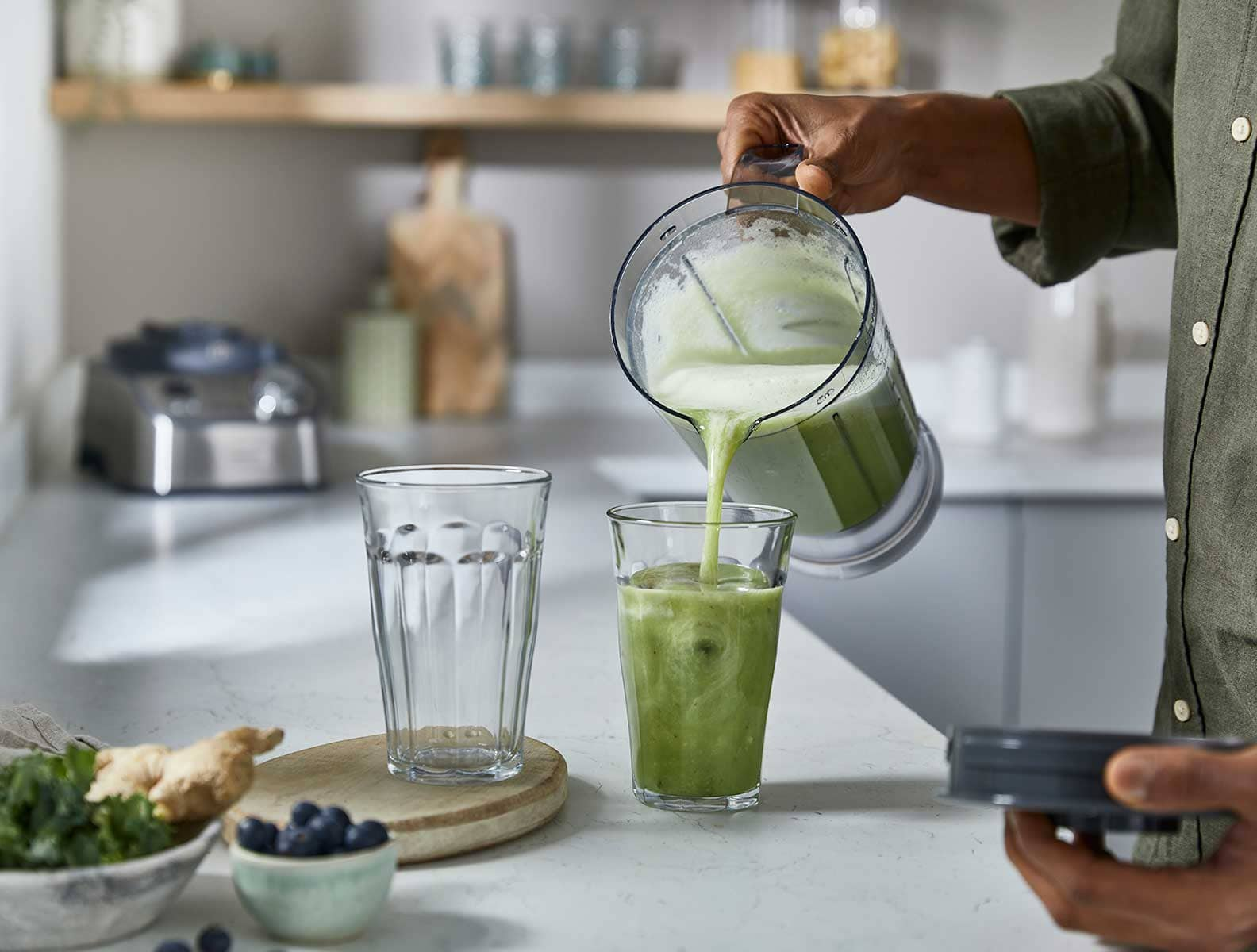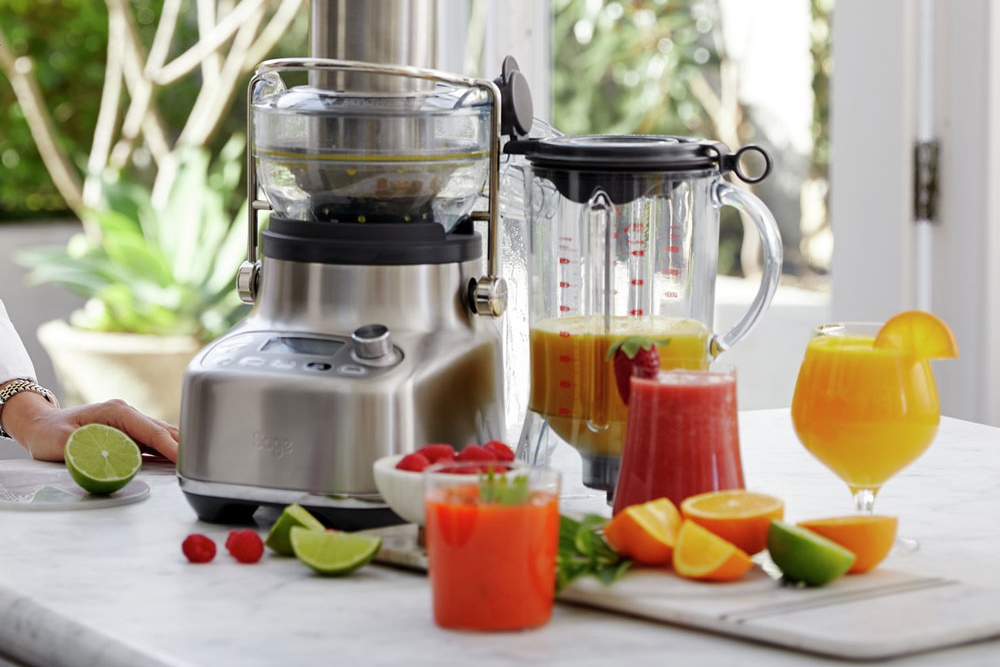The vortex effect in blender is a fascinating phenomenon that plays a crucial role in culinary processes. This effect is not just a visual spectacle but also a pivotal aspect of blending, influencing the texture and consistency of your mixtures. Whether you’re a seasoned chef or a home cook, understanding how the vortex effect works can significantly enhance your culinary creations.

What is the Vortex Effect?
In the context of blenders, the vortex effect refers to the whirlpool-like motion created when ingredients are blended. This motion pulls the ingredients down towards the blades, ensuring even blending and a smooth texture. The design of the blender jar and the speed of the blades contribute to the formation of this effect.
Importance of the Vortex Effect in Blender
The vortex effect is crucial for achieving the desired consistency in smoothies, soups, and other blended recipes. It ensures that all ingredients are thoroughly mixed, preventing chunks and lumps. By understanding this effect, you can better control the blending process and achieve optimal results.
Enhancing Texture and Consistency
One of the primary benefits of the vortex effect in blender is its ability to enhance the texture and consistency of your mixtures. The continuous motion ensures that all ingredients are evenly distributed, resulting in a smooth and creamy finish. This is especially important for recipes like smoothies and purees, where texture is key.
Efficient Blending
The efficiency of blending is greatly improved by the vortex effect. By pulling ingredients down towards the blades, the vortex reduces the blending time and ensures a more thorough mix. This is particularly beneficial when working with tough or fibrous ingredients.
How to Optimize the Vortex Effect in Blender
Optimizing the vortex effect in your blender can lead to better results. Here are some tips to maximize this effect:
Use the Right Blender
Choosing the right blender is crucial for maximizing the vortex effect. High-speed blenders like those reviewed on Oster Blender Reviews are designed to create a strong vortex, ensuring efficient blending.
Proper Ingredient Placement
The placement of ingredients in the blender jar can affect the vortex effect. Start with liquids, followed by softer ingredients, and finish with harder items. This layering helps in creating a more effective vortex.
Common Challenges and Solutions
While the vortex effect is beneficial, it can present some challenges. Understanding these challenges and their solutions can help you overcome them:
Ingredients Sticking to the Sides
Sometimes, ingredients may stick to the sides of the blender jar, disrupting the vortex effect. To prevent this, use a spatula to scrape down the sides or add more liquid to help create a smoother blend.
Overheating and Friction
High-speed blending can generate heat due to friction, potentially affecting the flavor of your mixture. Understanding friction heat in high-speed blenders and using short blending intervals can help mitigate this issue.
Scientific Explanation
The vortex effect is a result of centrifugal force and cavitation. The high-speed rotation of the blades creates a low-pressure area at the center, pulling ingredients towards it. This is similar to the principles discussed in cavitation in blenders.
Applications Beyond Cooking
While the vortex effect is most commonly associated with cooking, its applications extend beyond the kitchen. It’s used in various industries for mixing chemicals, creating emulsions, and more.

FAQs
What causes the vortex effect in a blender?
The vortex effect is caused by the high-speed rotation of the blades, creating a low-pressure area that pulls ingredients towards it.
How does the vortex effect improve blending?
The vortex effect ensures even distribution of ingredients, resulting in a smooth texture and efficient blending.
Can the vortex effect be enhanced?
Yes, using a high-speed blender and proper ingredient placement can enhance the vortex effect.
For more details on how blenders work, you can visit this informative article.
This article contains affiliate links. We may earn a commission at no extra cost to you.

